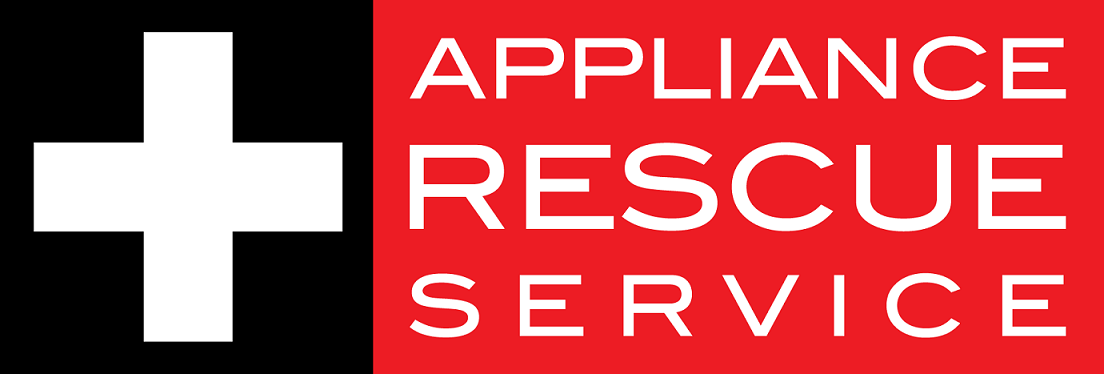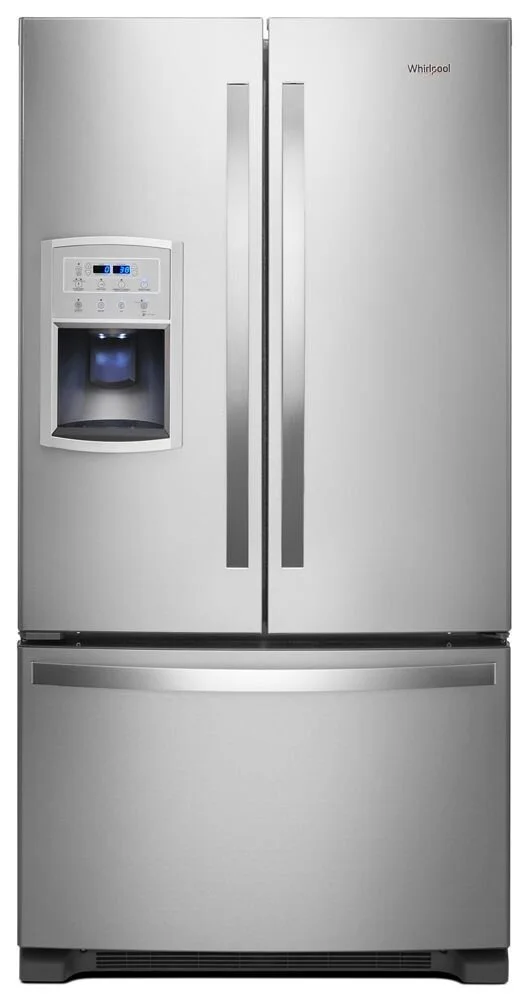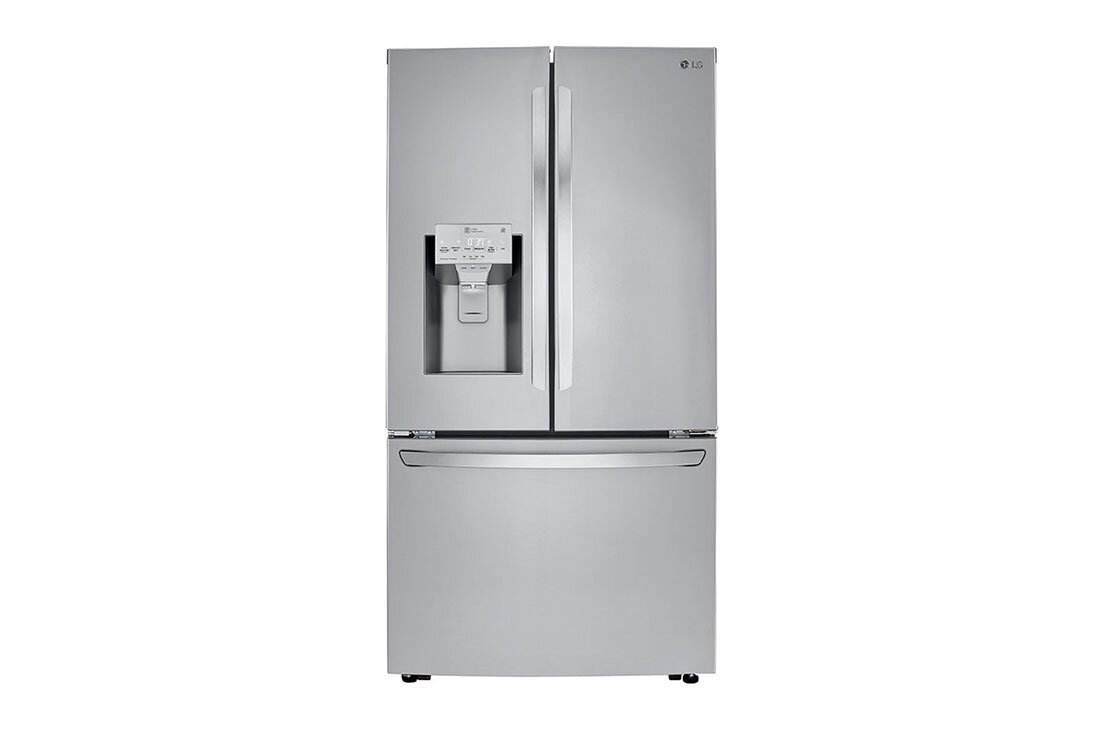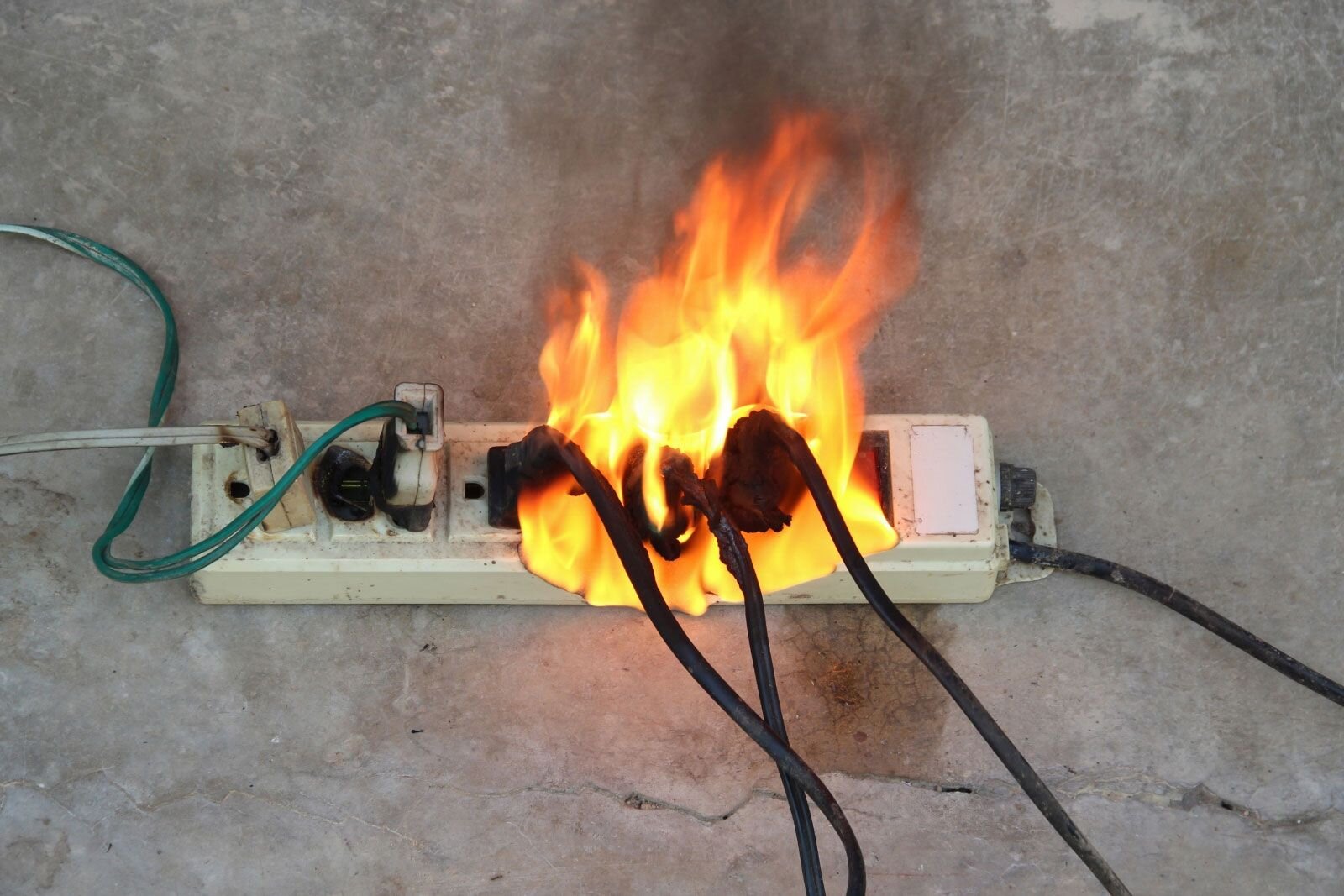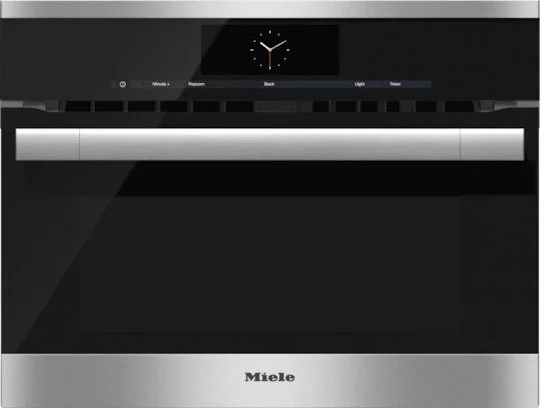How Big Is the Gap in Ratings?
If you’re like many Americans looking for a new French Door refrigerator, you’re probably spending time looking at reviews. Which means you’ve probably seen Consumer Reports, and their ratings across many models of refrigerators. They are an impartial third party with a long history of looking out for the consumer rather than the companies. We wanted to check out what made the best and the worst, as rated by CR, so different.
Consumer Reports separates their refrigerators first by the style and then by the size. We went for the most popular model among our clients, French Door refrigerators, and chose the 34” and wider selection.
As of writing this, the most well rated refrigerator is the LG LRFXC2406S with 84 points total. The current worst, as rated by Consumer Reports, is the Whirlpool WRF550CDHZ with only 37 points.
Consumer Reports tests the models on a variety of things, as well as comparing which features they do and don’t have.
Features
So let’s start with the features each has before digging into the testing.
Whirlpool also offers a counter depth design, again, with the goal of making it look like a built-in model.
Adjustable Gallon Door Bins - meaning you can move the trays around on your door. There when you need it, gone when you don’t.
Temperature Controlled Full Width Drawer - for storing meats, cheeses and other items that you need on a regular basis.
Two Tier Freezer - To organize frozen favorites with two-tier freezer storage, including two sliding bins.
Spill Proof Shelves - Designed to contain liquids to a shelf and keep them from dripping down.
Claimed Useable Capacity 19.7 Cu Ft
Actual Useable Capacity 11.6 Cu Ft
LG’s fridge comes with a CoolGuard™ - a metal back plate in the interior of the fridge, not only to offer a premium look, but also to ‘maintain cool air’.
It’s sized for counter depth, so that it aligns with countertops and cabinets to give your kitchen a built in look, while avoiding the higher price tag.
Tall Ice & Water Dispenser® with Measured Fill - We love this one. Finally an ice and water dispenser that will give you exactly the amount you ask for, and no more having to fit your water bottle at weird angles or use a second cup to fill it.
Dual Ice Makers - LG offers the ice maker on the door, as well as a second one in the lower freezer compartment. Goodbye running out in summer!
Slim SpacePlus® Ice System - The ice maker on the door has a slimmer profile, allowing for you to fit more food in your fridge, without giving up your ice maker.
Claimed Useable Capacity 23.5 Cu Ft
Actual Useable Capacity 15.7 Cu Ft
Testing… Testing… One...Two...Three...
So, those are the facts. What they offer, and how they compare to one another in the features department. Let’s switch over to how Consumer Reports rated them, and what they were rated on.
Thermostat Control : Here CR is testing the refrigerators on their ability to:
Reach the desired set temps that the manufacturer suggests.
Achieve the optimum temperatures for both the refrigerator and the freezer simultaneously.
Keep those temperatures consistent, even when the room the refrigerator is in has large changes in its temperature. (So summer and winter in Texas for example.)
LG scored a 5/5 Whirlpool scored a 5/5
Temperature Uniformity: CR tests the models on how well they keep the temps even throughout the entirety of the fridge and freezer sections.
LG scored a 5/5 Whirlpool scored a 4/5
Energy Efficiency : CR tests the refrigerators on electrical consumption per useable cubic foot. So even if the two models were the exact same size, the one with the greater storage capacity is going to be more efficient. Which fully explains why the scores weighed out as they did. (Check out our earlier article about energy efficiency here.)
LG scored 3/5 Whirlpool scored a 1/5 (ouch!)
We’d also like to point out that the LG earned an Energy Star rating while the Whirlpool did not.
Noise : CR measures noise based on two different times as well as in two different ways. It measures noise for a refrigerator based both on when the compressor starts up and during steady running. They also use a noise-meter alongside the more subjective responses of a panel of listeners.
LG scored 5/5 Whirlpool scored a 2/5
Ease Of Use: The last thing that CR rates the refrigerators on is ease of use. How accessible are they, how useful are the features and layout of the refrigerator and how well do the controls work.
LG scored a 5/5 Whirlpool scored a 3/5
Let’s finish up looking at the price. The LG is priced at $3400 while the Whirlpool is $3195. Based on the prices alone, you might think that the Whirlpool is the better price. Given the issues that we’ve outlined though, we’re thinking that LG has every reason to command the higher price.
How Does It Shake Out?
Looking over the numbers, we have to say that the biggest difference between the two came at the Noise and Energy Efficiency settings. To us, that makes perfect sense then that the Whirlpool ranked so low. It’s also a good indicator of how seriously these things are taken when it comes to ranking different refrigerators on Consumer Reports.
We do want to point out that this doesn’t mean that Whirlpool is a bad brand, or that all of their refrigerator models, or appliances rank this poorly. We took what Consumer Reports had tested and wanted to give you a look at what made those reports worth looking into if you’re purchasing new. On the flip side, this doesn’t mean that LG is always going to be the best bet. It’s that these models, as the market stands now represent the best and the worst of 34” French Door Refrigerators.
If you have any questions, comments or concerns, feel free to reach out to use here in the comments or over on our Facebook page. We’d love to hear from you.
If you have any issues with your refrigerator (whether it’s an LG, Whirlpool, Bosch, Dacor or any other brand) we’re here to help. Keeping your appliances running in tip top shape is our number one goal. Reach out to us via phone ((214) 599-0055) or through our website.
